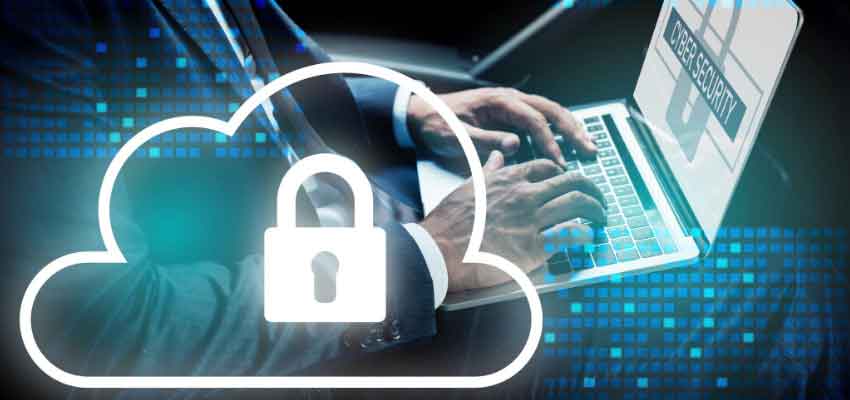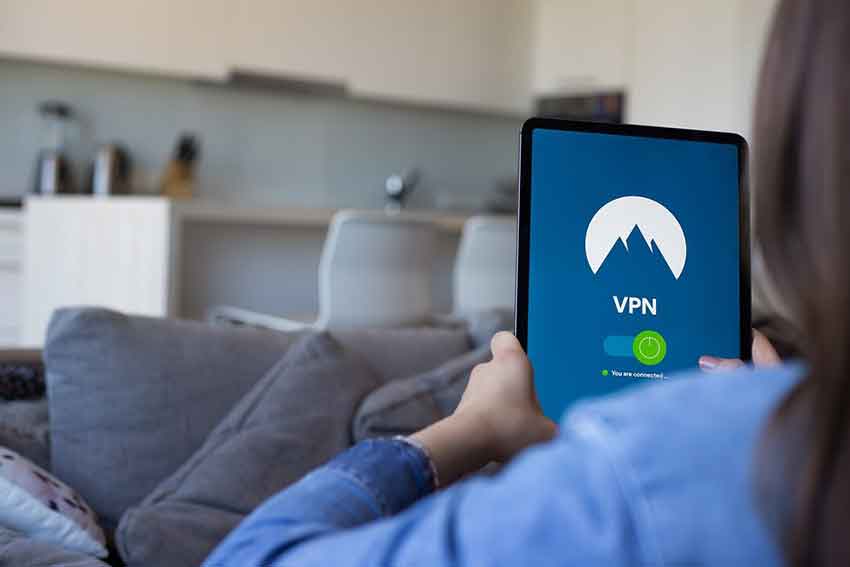Show:
5 Ways to Include Cybersecurity in Your Business Continuity Plans
The number of cyber threats has increased significantly over the past few years. And it’s not just that. They’ve become much more sophisticated, and therefore hard to defend against. With that in mind, implementing cybersecurity in your business continuity plan (BCP) is an absolute must.
However, integrating online security with your BCP is one thing. The other is doing it the right way. And considering how many companies struggle with that part, you must know how to achieve your goals effectively.

If you wish to learn more about, including cybersecurity in your business continuity strategies, keep reading. In the article below, we’ll show how to do that properly.
Choose Reliable Continuity Software
If you wish to create a compelling and high-quality BCP, investing in professional continuity software is necessary. It will help you ensure your plan is well-written and doesn’t have any flaws that might disrupt.
What’s more, business continuity software will help you incorporate cybersecurity into your plan more effectively. It will also ensure it’s properly managed and updated as it collects the necessary data and uses it to make your recovery plan more effective.
But no matter which software you pick, you need to make sure it’s reliable first. Cheaper programs may contain fewer defense layers and therefore make your company more exposed to potential risks.
Backup Your Data
In the first six months of last year, data breaches exposed over 4 billion (sic!) records. And considering that an average cyber-attack cost is $3.92 million, it’s definitely something you wish to avoid as a business owner.
What’s more, lost data cause significant disruptions, which can be avoided by, you guessed it, effective business continuity planning. And how to connect it with your cybersecurity? With implementing regular backups in your disaster recovery strategy.
But you’re probably wondering what regular means. The answer is every day or at least a few days a week. This is one of the best cybersecurity solutions out there because it ensures your data is safe even in case of a successful attack. What’s more, aside from keeping them regular, you should always use various data backup tools to increase their security.
Consider Using a VPN
Each year, more companies decide to implement a virtual private network (VPN) in their cybersecurity. And it’s not a surprise, considering how cheap and effective a reliable VPN can be in increasing the online security of an organization.
VPN encrypts your data, making it more challenging for hackers to steal. It creates an additional defensive layer against cyber attacks, ensuring your company stays safe. Also, connecting your employees to secure servers decreases the risk of human error.
What’s more, many VPNs use additional security measures to prevent tracking, like so-called kill switches. They cut off your internet connection immediately as you’re disconnected from a secure VPN server.
It can help decrease the impact of a disruption caused by a data breach.

Make Communication Your Top Priority
If you want your continuity plan to work, you need to ensure every employee in your organization understands it. It’s crucial, especially now, when the pandemic is still wreaking havoc globally, and many companies implement remote work.
Besides decreasing disruptions, communication will also improve productivity, and yes, your business’s security. How? Because your employees will be able to immediately communicate to your IT department that something is not working right.
That can significantly enhance your company’s incident response, a vital part of any effective recovery plan.
Train Your Employees
Training your workers in the newest cybersecurity solutions is a must if you wish to create an effective online defense mechanism. Your employees need to know how they can protect themselves and what to avoid when browsing the web. Moreover, identity and access management (IAM) ensures that the right people and job roles in your organization (identities) can access the tools they need to do their jobs. Identity management and access systems enable your organization to manage employee apps without logging into each app as an administrator.
What’s more, if you implement various continuity and cybersecurity solutions, you have to teach your workers how to use them. The same goes for updates in your response plans or new communication channels.
Keep in mind that every employee has to know what to do in the event of an incident. Any lack of knowledge can result in a disastrous outcome, increasing the chances of disruptions, leading to significant revenue loss.
Not to mention the decrease in reputation among your clients.
Bottom Line
Cybersecurity has never been more critical, and therefore implementing it in your continuity plan is a must. However, as you can see, it’s crucial to know how to do it efficiently and be more precise, to know which features you need to consider.
The best practice is to invest in reliable business continuity software to help you with risk management. Besides that, you also need to ensure you backup your data regularly and provide your company with effective cybersecurity measures, e.g., VPN or data recovery software.
But that’s not all. If you want your employees to understand their roles and responsibilities, you need to ensure they receive appropriate training.
Only if your staff understands how to increase their cybersecurity they will ensure your business continuity plan won’t fail.

 Return to Previous Page
Return to Previous Page








